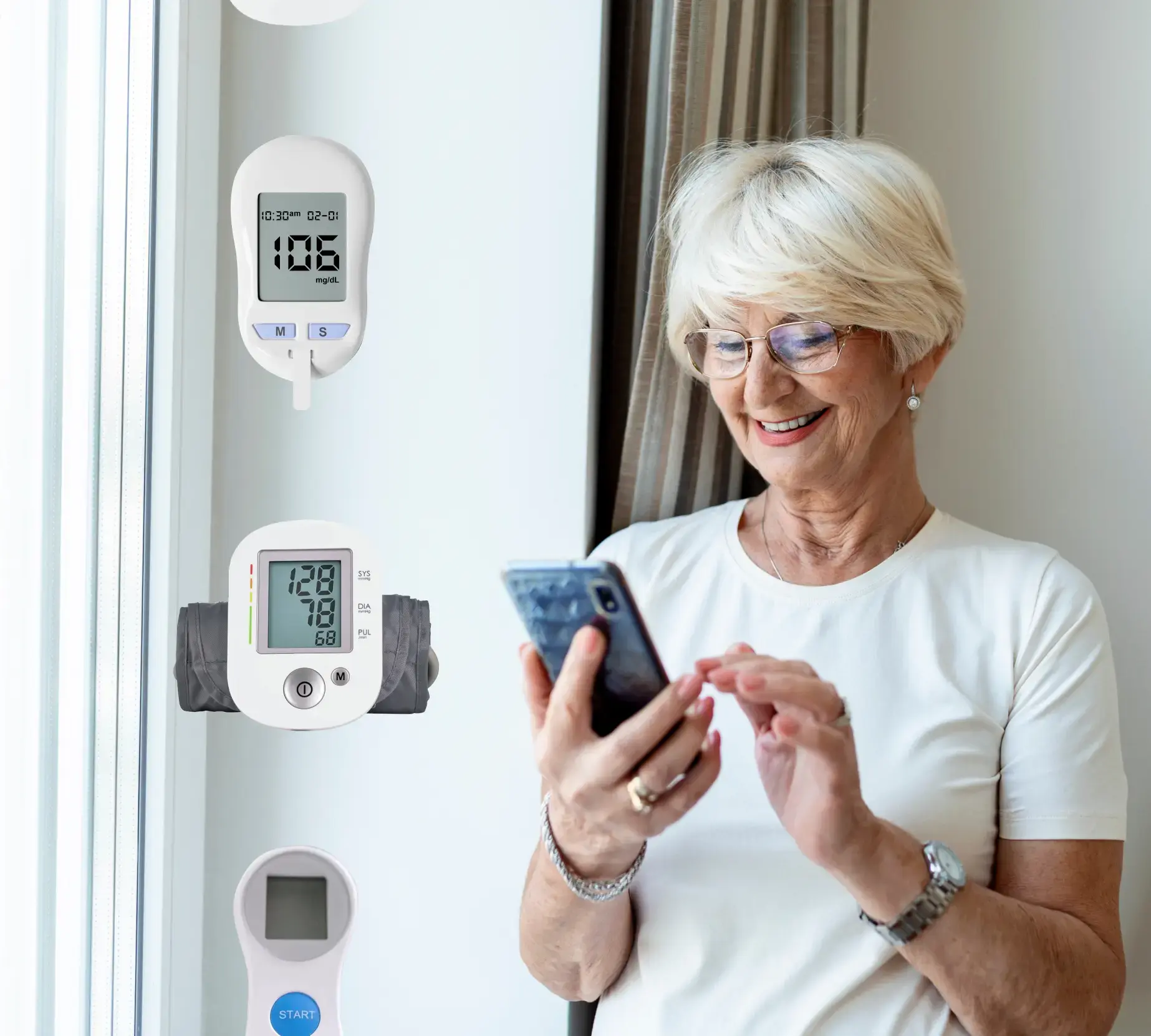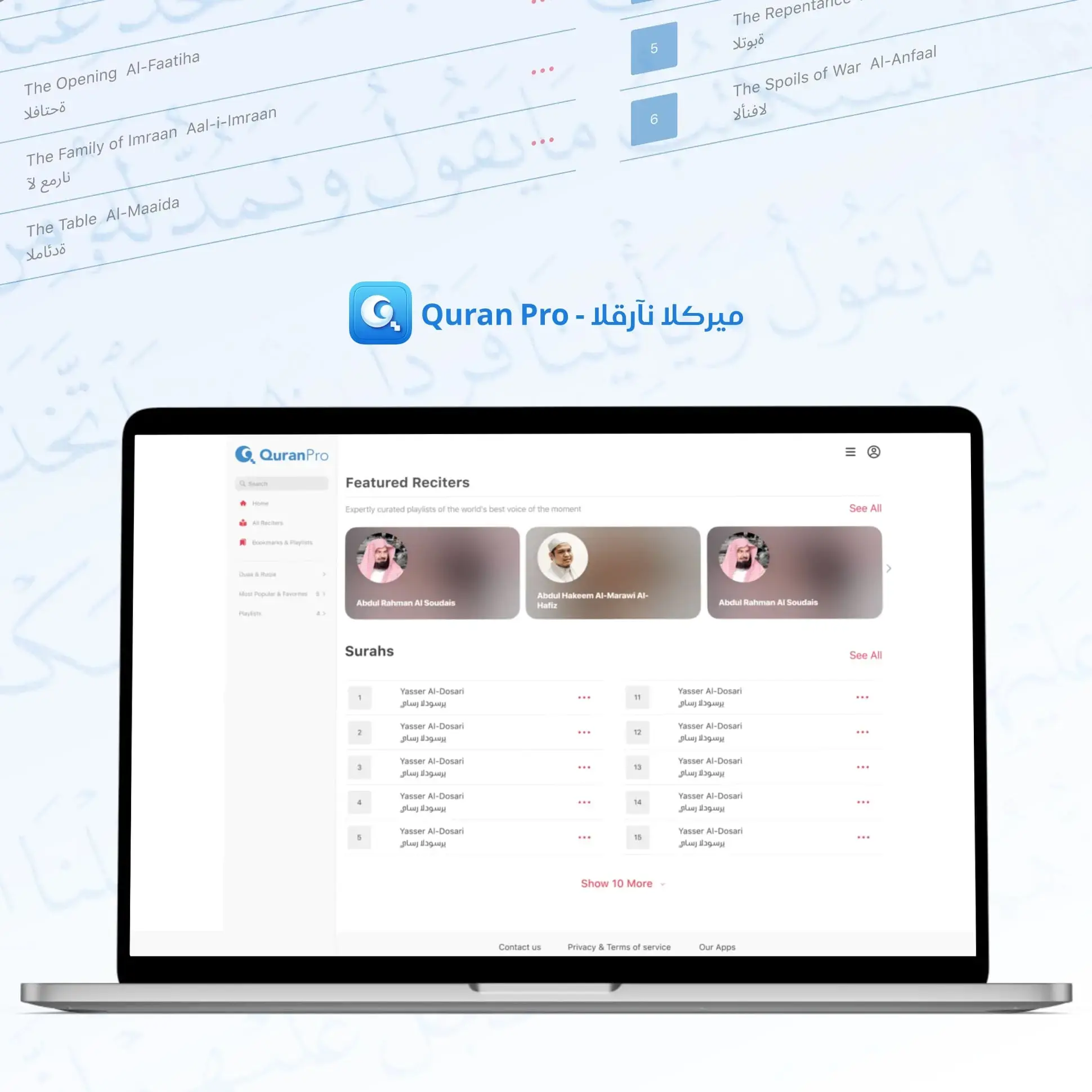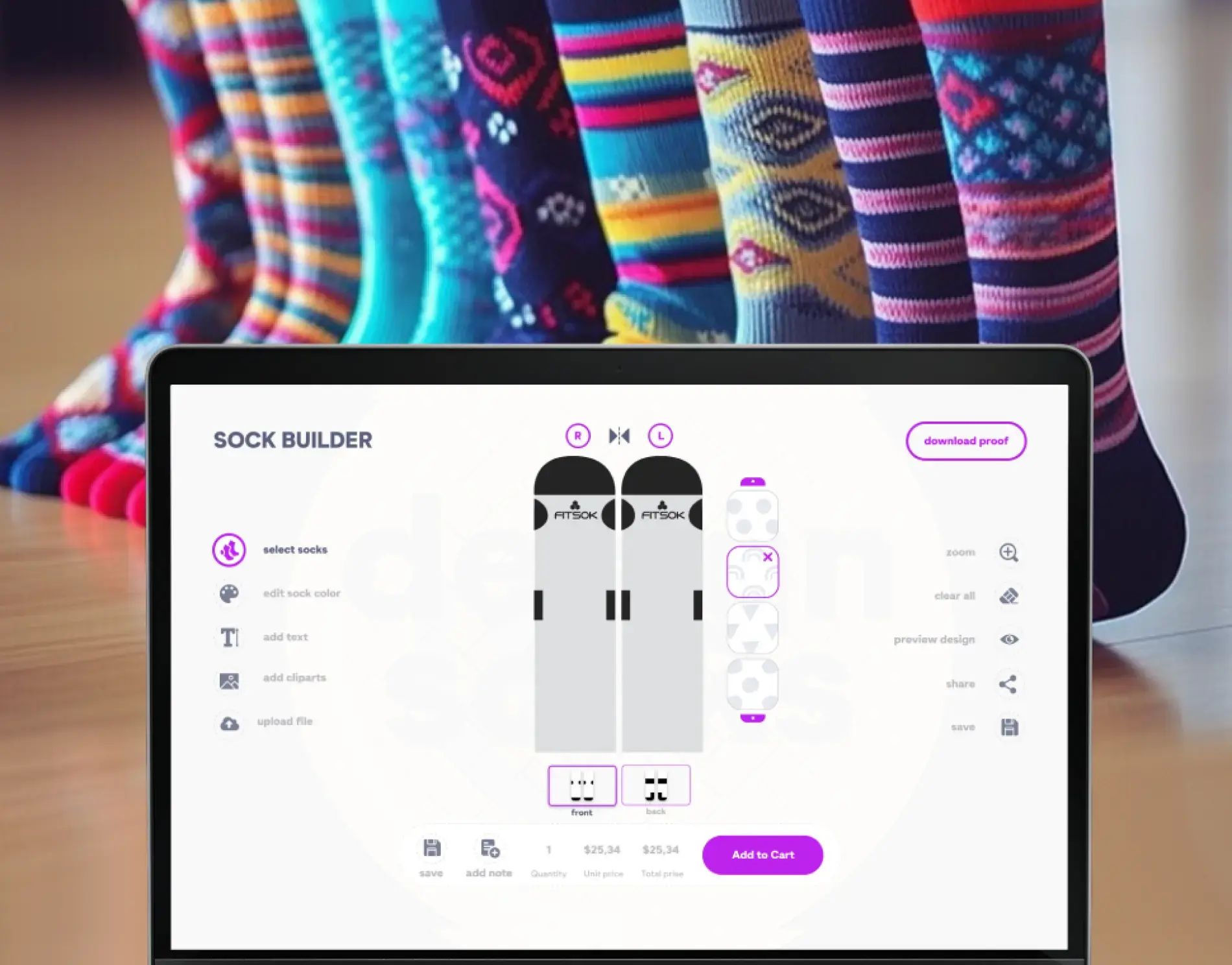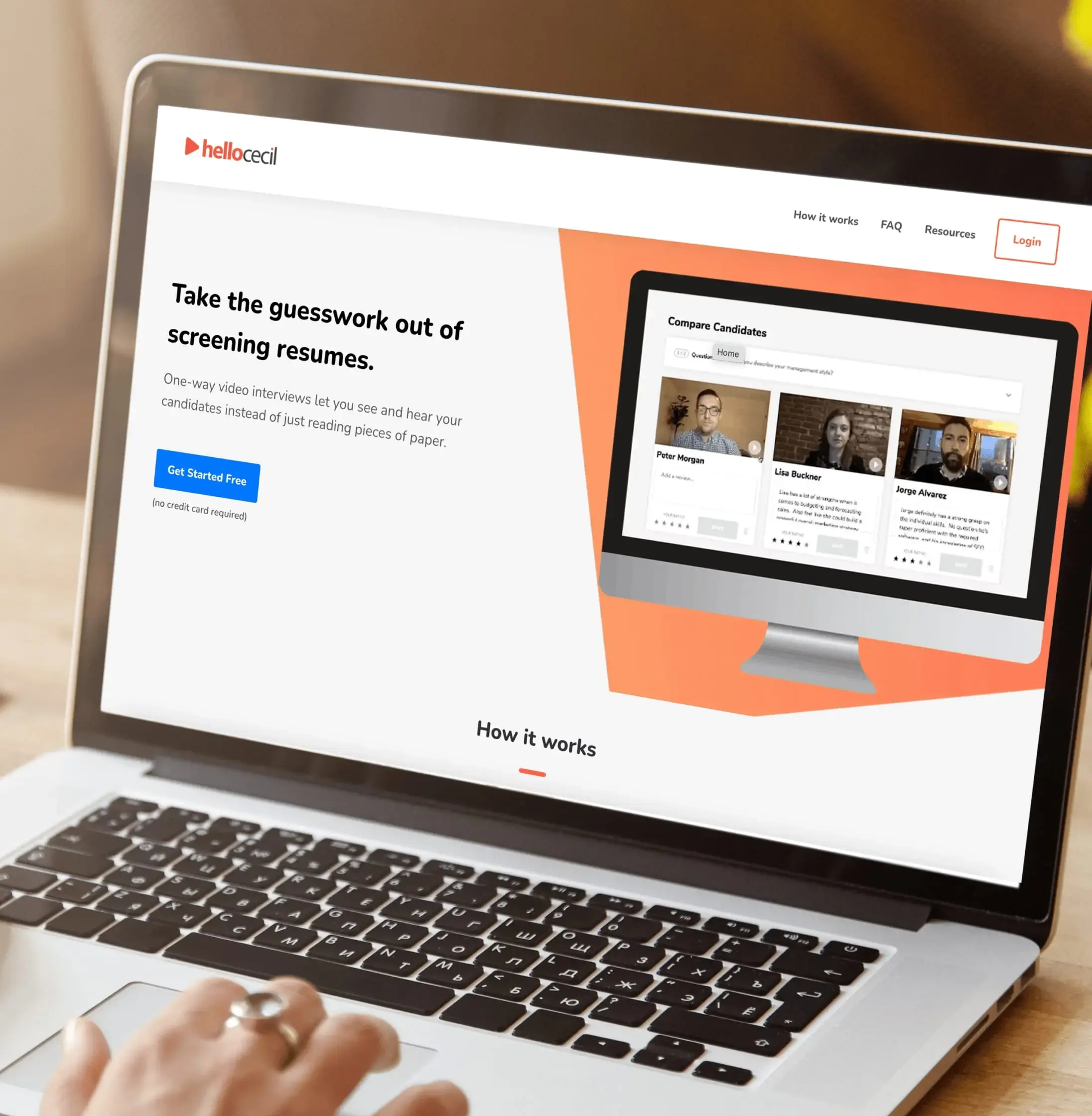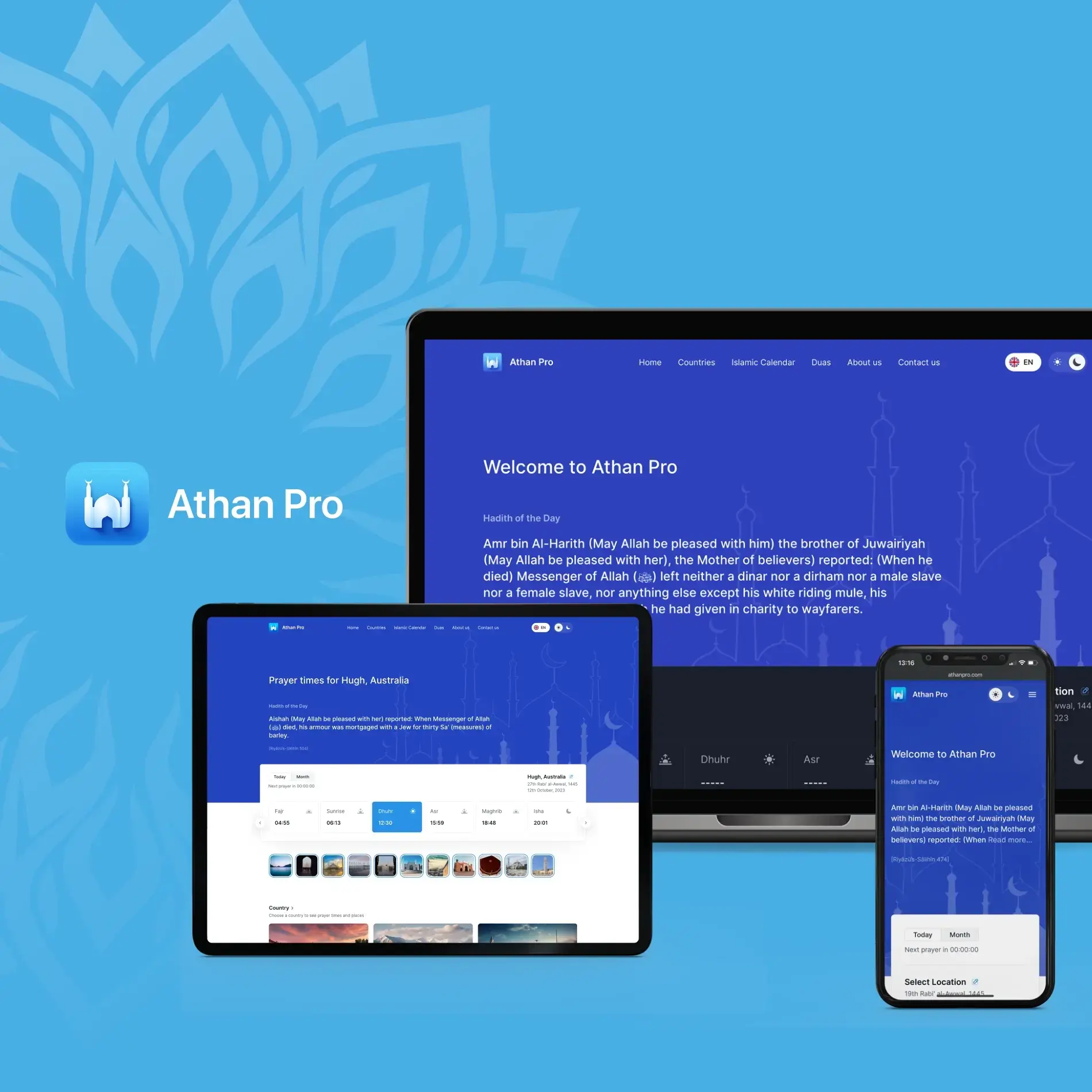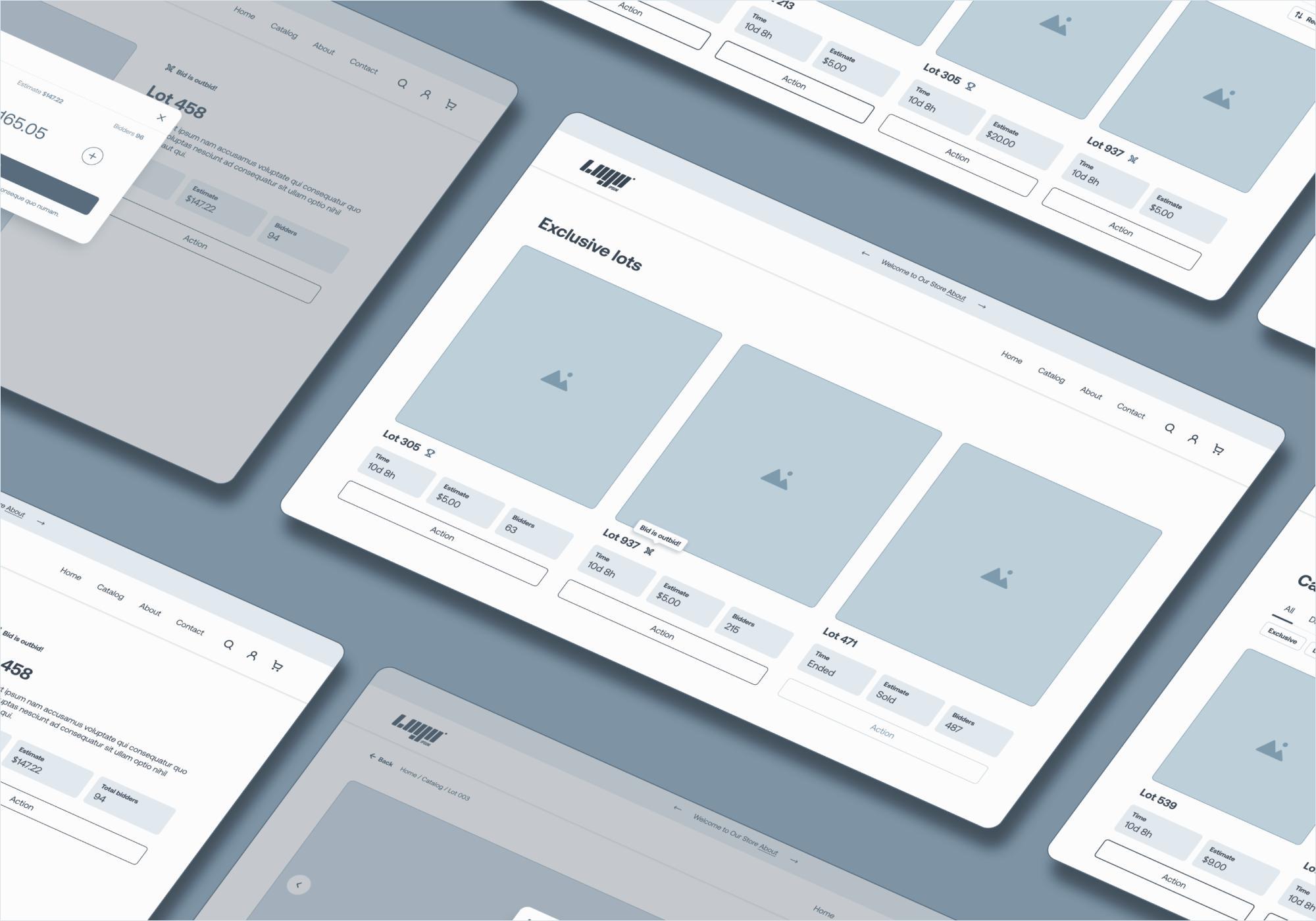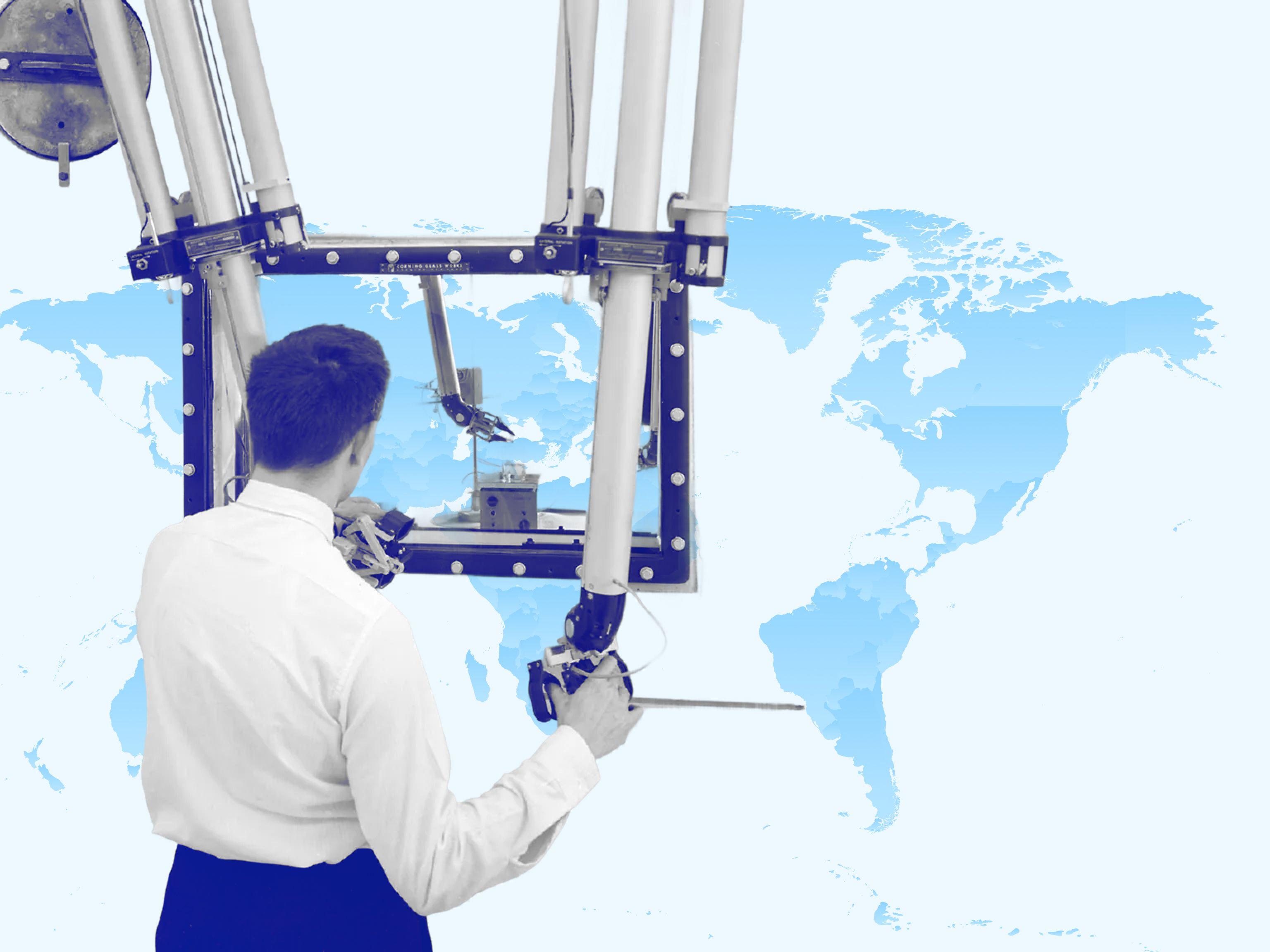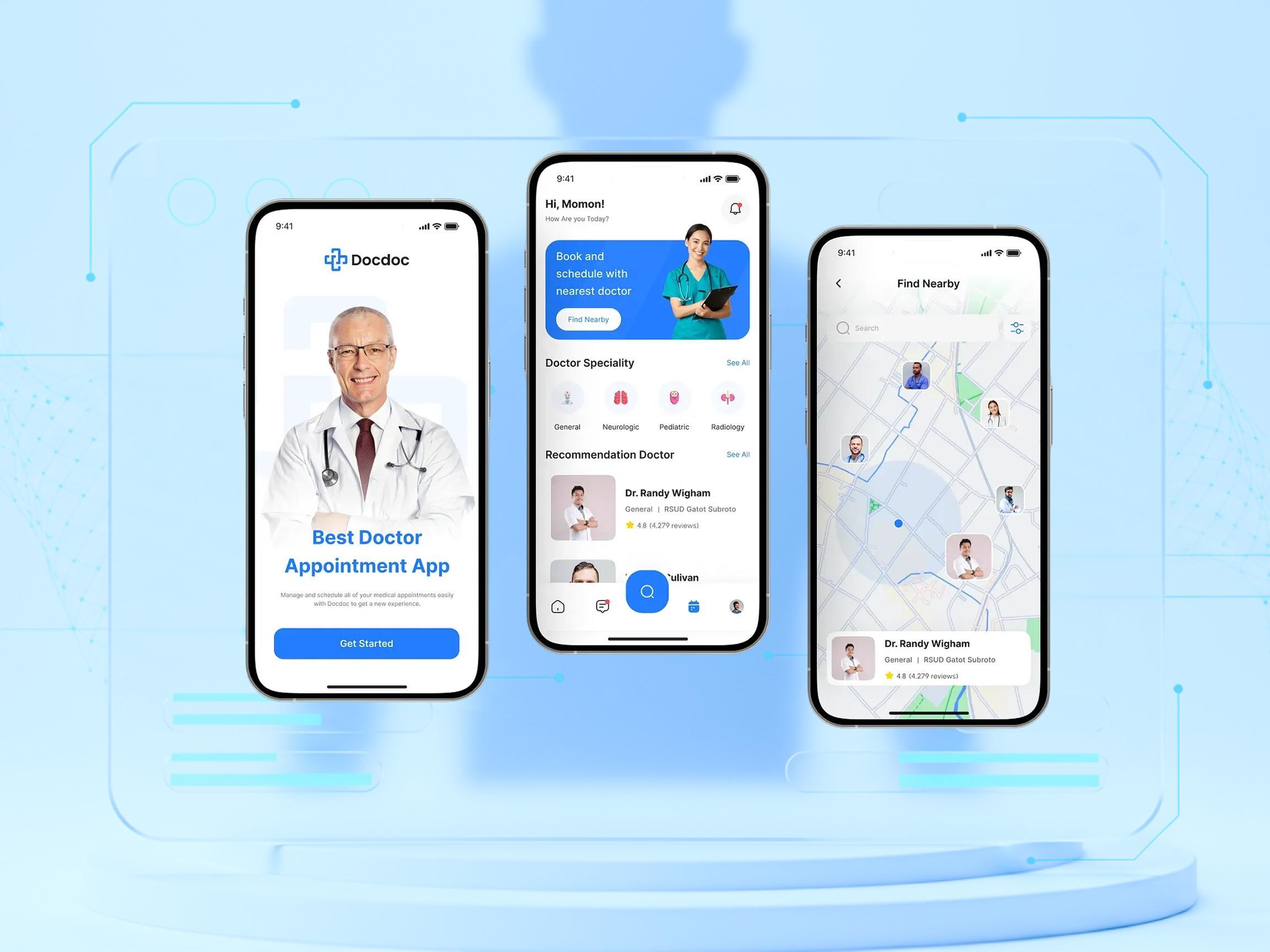
- App Development
- Cloud Development
- Healthcare Software
- Web Development
Healthcare Software Development: Types, Trends, and Challenges
Healthcare software development is experiencing a boom at the moment. Learn about its peculiarities, trends, and cost-forming factors.
April 18, 2024 | Updated on November 24, 2025 | 10 min

Alex Padalka
CEO and Co-founder at JetBase
Table of Contents
- Defining Healthcare Software Development
- Overview of Different Types of Healthcare Software
- What Healthcare Software Development Companies Offer
- Current Trends in Healthcare Software Development
- Factors Influencing the Cost of Healthcare Software Development
- Compliance and Regulations in Healthcare
- The Significance of Medical Software Development
- The SDLC Process in Healthcare Software Development
- Healthcare Software Testing: Why It Matters
- Business Challenges in Digital Transformation for Healthcare
- Common Mistakes in Healthcare Software Development
- How Can Jetbase Help You with Healthcare Software Development?
- Future Directions in Healthcare Development
- Conclusion
- FAQ
Our Cases
Innovation isn’t just about ideas - it’s about execution, turning vision into reality, and creating solutions that truly make an impact. See what we’ve built and how it works:
- HealthCare
- Media & Entertainment
- eCommerce
- Amazon Web Services
- Cloud Cost Optimization
- Serverless Application
- Retail
- HealthCare
- Media & Entertainment
- eCommerce
- Amazon Web Services
- Cloud Cost Optimization
- Serverless Application
- Retail

